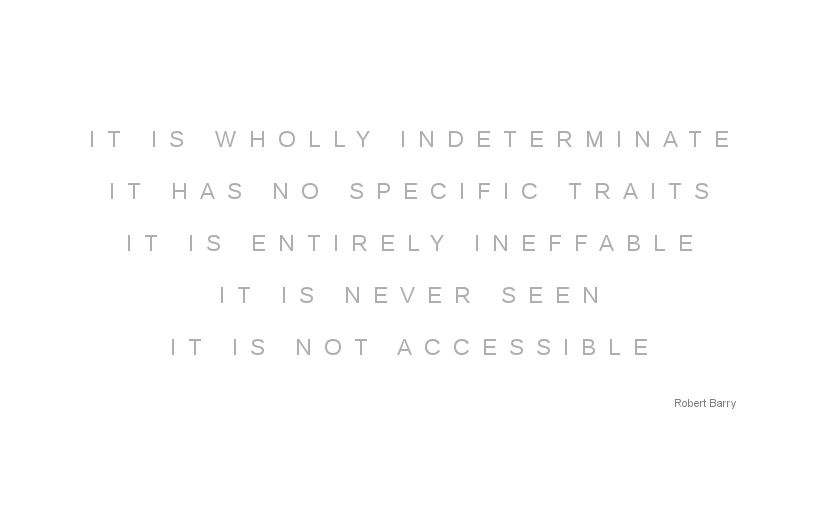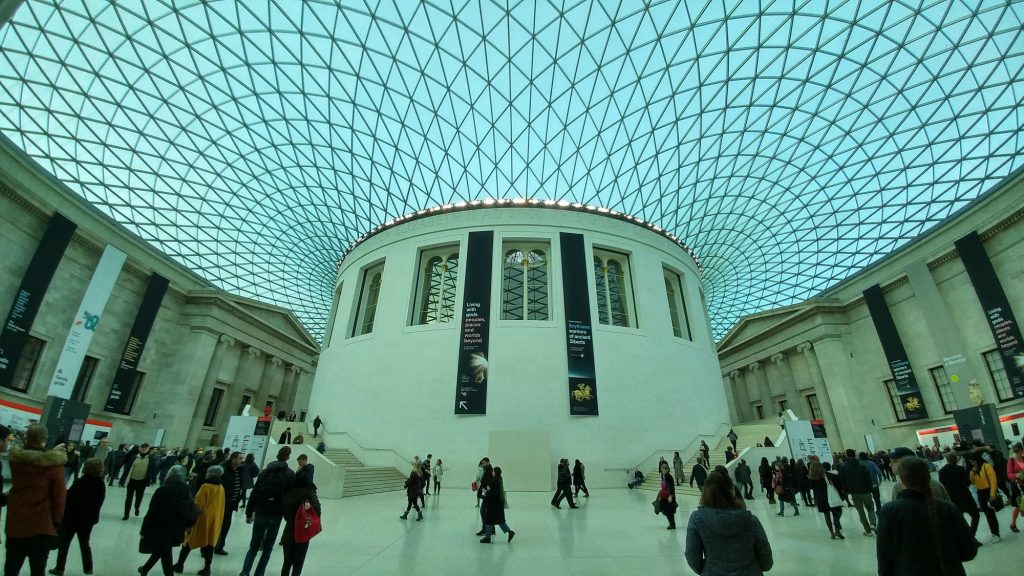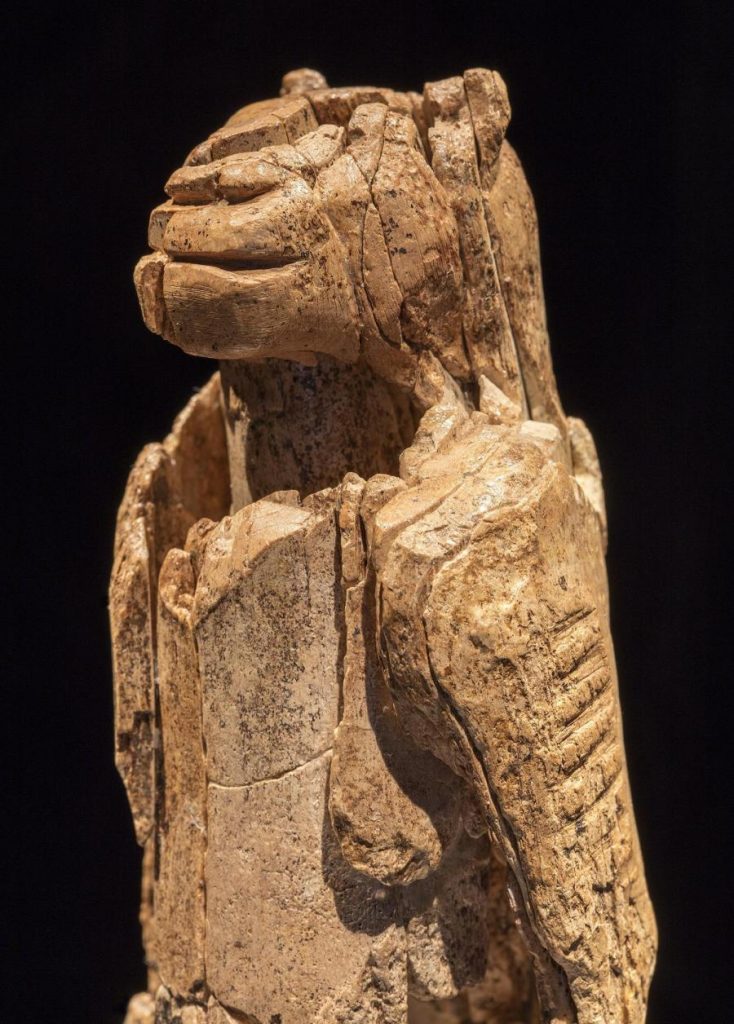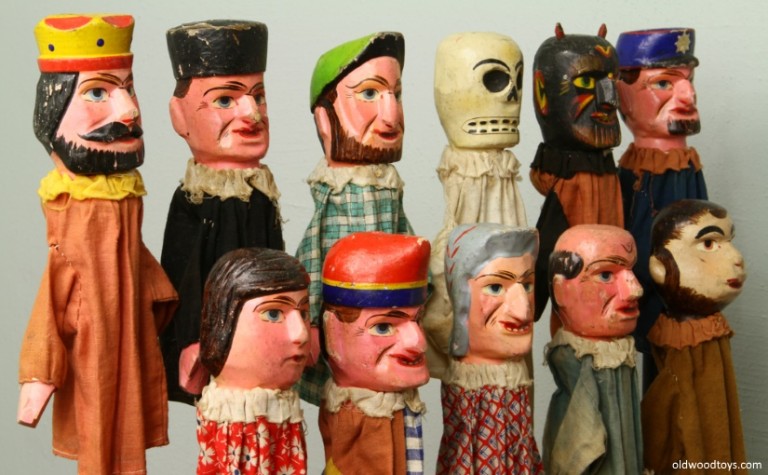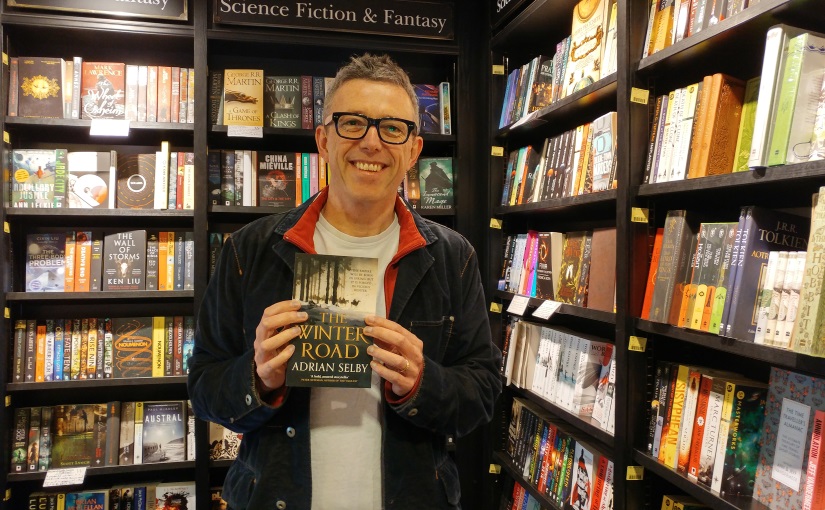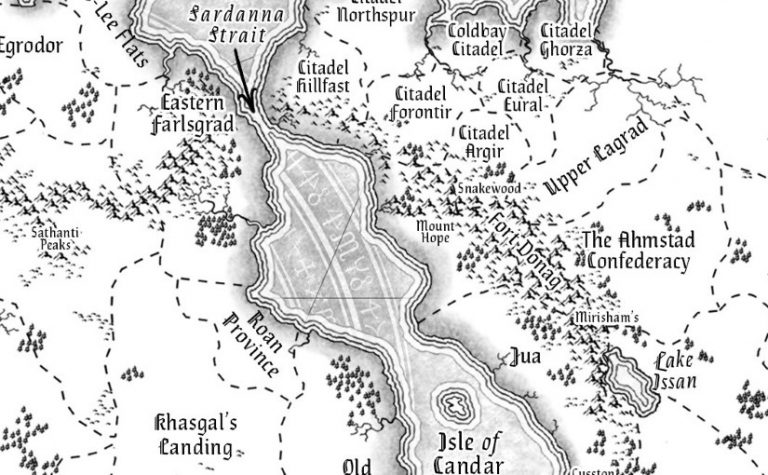Newsletter #4 – Scythians, Gods and Rogues
This is a big chunk of my latest newsletter. I’ll drop them in here from time to time so you can see the kind of things that my subscribers have agreed to be sent to their inbox, those lucky/weird people (delete as appropriate)…
Mind-blowing. That’s my considered opinion of the two major exhibitions you can see advertised here in this incredible ‘Great Court’ opened in 2000.
The main purpose of my visit was to see the Scythians exhibition. While their era is a little before the general time period I’m setting my own fantasy in, I’d heard great things about the artifacts and heck, I just don’t get to museums and see this shit first-hand and that’s a fault. So I went along to it as well as an exhibition on religious artifacts because that too looked really interesting, indeed, it provided the highlight of the day, the Lion-man.
As you’ll see from the museum’s own supporting website for the Scythians exhibition, there are some beautifully worked gold plaques and clothing as well as saddle covers, pottery etc. For a nomadic people my own simplistic question was how do they become such fine artisans, and it seems that almost all the gold pieces present were moulded rather than sculpted, with some dispute as the techniques that might have been used. Scrub any notions that their nomadic existence meant an artistic or inventive paucity of mind.
The wonder of it all was that such usually lost textiles as clothes, in the freezing climates, were preserved here, as was tattooed skin, embroidered shoes and the gold artifacts most of all, due to the prevalence of tomb robbers. There was a lovely section of the space devoted to Peter the Great, who, upon hearing of these great tombs of gold from the Black Sea to the Altai mountains, commanded the severest penalties if anyone other than his expeditionaries were to attempt to enter them, with all such finds to be brought back to his great museum, the Kunstkamera, for display themselves.
My abiding impression of the collection was of how much their artwork, their decorations, centred around animals and the hunting of them. Their soil was thin, generally unsuitable for agriculture, but perfectly good for grazing, so their life built around roaming herds and hunting would be inevitable. It seems obvious, but as a slightly dim fantasy author, the sheer ubiquity and prevalance of their way of life reflecting in their ornaments and finest decorative pieces is a lesson that I need to ensure is reflected in the cultures I’m inventing.
What is less sure to scholars, because so little else survives the Scythians, is what many of these beautiful pieces might represent when it comes to their religious beliefs and myths. Certainly there are monsters here, griffins and other magical beasts.
This is in keeping with the theme of the other major exhibition ‘Living With Gods’:
Seeing how people believe, rather than considering what they believe, suggests that humans might be naturally inclined to believe in transcendent worlds and beings. Stories, objects, images, prayers, meditation and rituals can provide ways for people to cope with anxieties about the world, and help form strong social bonds. This in turn helps to make our lives well-ordered and understandable.
There were some fascinating objects here, from the chinese ‘Coat of a Hundred Birds’ that’s covered in birds and swastikas, to the wooden fertility dildos that had rather a crowd inspecting them. With the emphasis on comparing the various religions’ use and recognition of the importance of light, fire and water that are and were obviously important to our lives and well-being, as well as the prevalence of objects used to protect us from evils of either spirit or nature, the atheist in me sees, as the museum’s own description implies, stories we tell ourselves, none more true than any other, if true at all.
Quite what a christian, jew or muslim would make of seeing examples of their holy objects placed neutrally alongside so many others when, presumably, theirs is ‘the only stuff that matters’, must engender some interesting reflection on their part. Not that such considerations are unavailable generally, it’s just the museum has this advantage of physically, spatially, bringing these things together so that one’s experience of them and their common traits is simultaneous.
What was interesting too was a small section devoted to Communism, with objects like a copy of the Little Red Book, a picture of Mao to hang from your car’s rear view mirror and a plaque showing the ‘gods’ of Communism, from Marx, through Stalin to Mao. In their style, they felt so much like religious artifacts, they sat perfectly alongside the more traditional religious objects though they represent the antithesis of them. Yet, as per the museum’s blurb above, they offer stories to help us order the world and reduce our fears of it, and strengthen social bonds.
In the quite harsh environments that humanity once found itself and that, sadly, much of humanity still finds itself, we appear to have a natural deep-rooted inclination to imagine a richer metaphysics, to construct stories that encode what we believe will help us to survive, to construct objects that bolster our fortitude in the face of death and sickness and the entropic iniquities of an uncaring universe.
By the time we escape our need for religion, will we be human at all?
The great wonder of the day, then, with a picture of the standout object below. It appears first in this exhibition, before all other objects. It might also perhaps have been placed too at the end, though the last thing we do see is the image at the top of this post.
To stand within inches of the oldest known religious relic/piece of figurative art, The Lion-man, carved forty thousand years ago and pieced together from the fragments only five years ago, was a deeply moving and humbling experience. To think my own fingers could have touched an object that was held by the earliest modern humans. It put me in mind, bizarrely, of 2001, that span of time, of change, touchable, embodied.
To round off, I recently finished This Census Taker by China Miéville. I’d read a couple of his before and found his world-building to be incredible, unique. But until this novella I hadn’t found myself engrossed in any of his protagonists.
This story of a young boy who believes he witnesses one of his parents murdering the other immediately submerges you in questions about what story he, the boy, is telling us, what meaning it may or may not have. This develops when he tells us, as an adult, kept under guard for some reason, that he’s writing this story under instruction. It is a story of few answers, but it utterly nails the sense of this boy’s fears of his hard and mysterious father and the strange keys he makes, the way his fears project onto the world, the confusion, trust and lack of understanding of adults and their rules and customs, the paucity of his world in this hillside town that may or may not be post apocalypse, but at least is worn out, full of pettiness. It is the musings the boy has, the minor details of his life, his mode of thinking, that are the triumph for me. This is delicate world-building; great art and work hidden and revealed only in the fragments that are how such things would be revealed; revealed from the boy’s imperfect, inexperienced point of view. There are monsters here as there were in the works and worlds of both the exhibitions, including a lovely moment where he meets other, feral children and they share stories about the monsters they think surrounds them.
There is a modestly hidden secret message at the end of the story, also the sense it might be the prologue for something else, particularly when he describes four things, of which only two I can be sure (yes, cryptic because spoilers). It is a story that would bear repeated reading for clues. Some have deduced from hints that it is a Bas-lag story. It might be, I’m not that conversant with his work, but there’s no question that in terms of depth of purpose, creativity and execution, Miéville has very few equals in sff. I agree with The Guardian’s review, Miéville “forces a redefinition of what fantasy can be” and the last time I felt like that about such a book was The Buried Giant.
